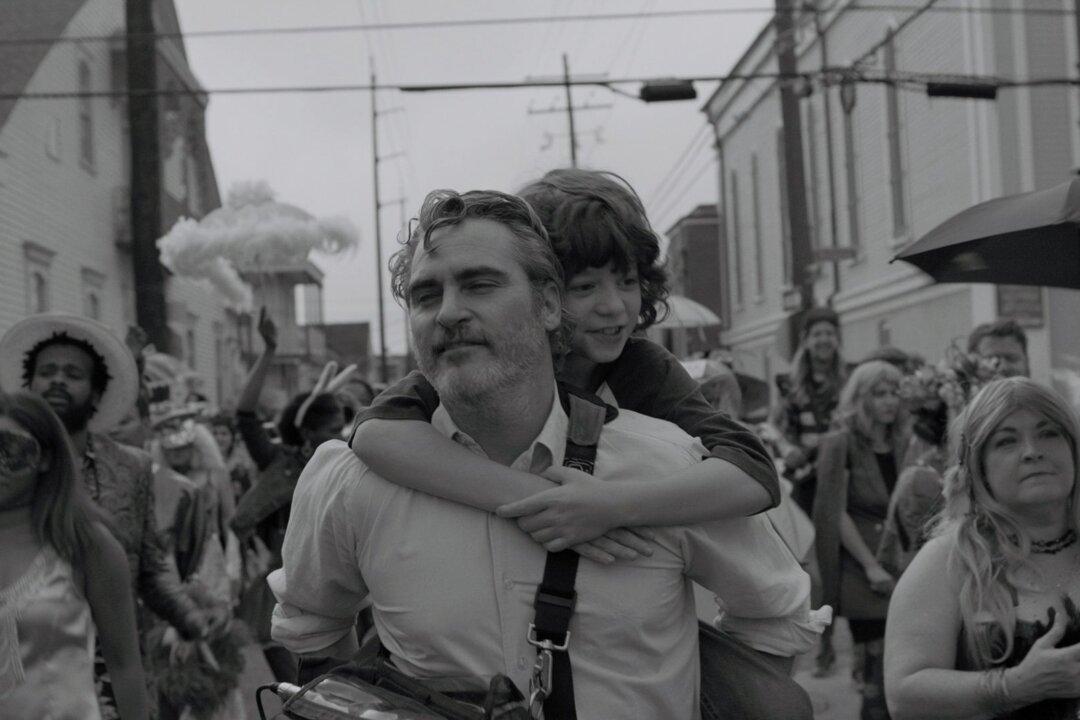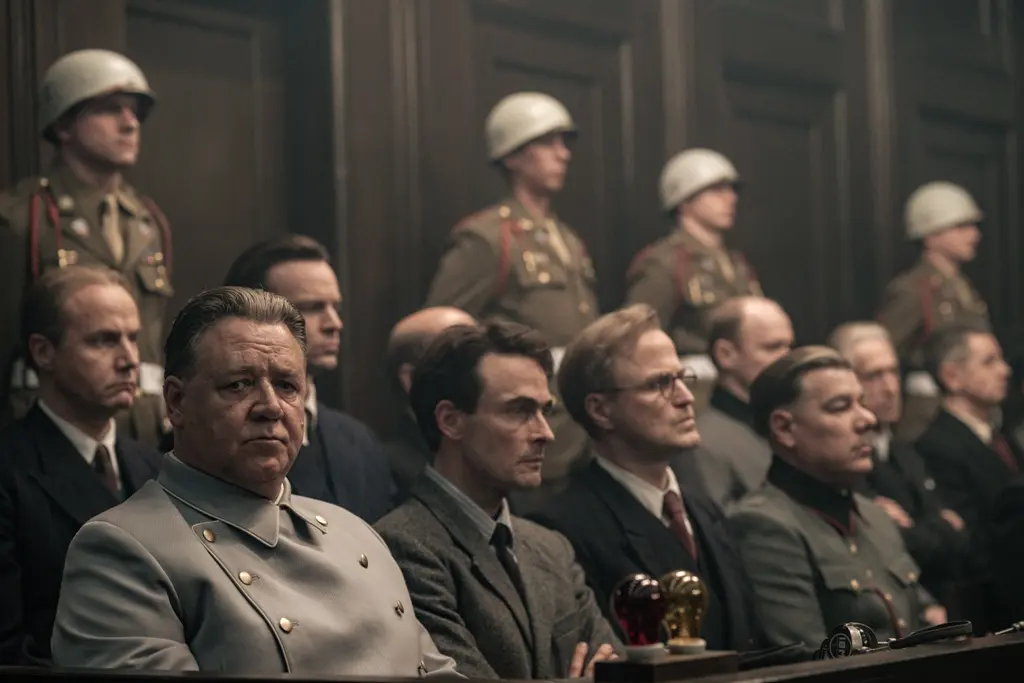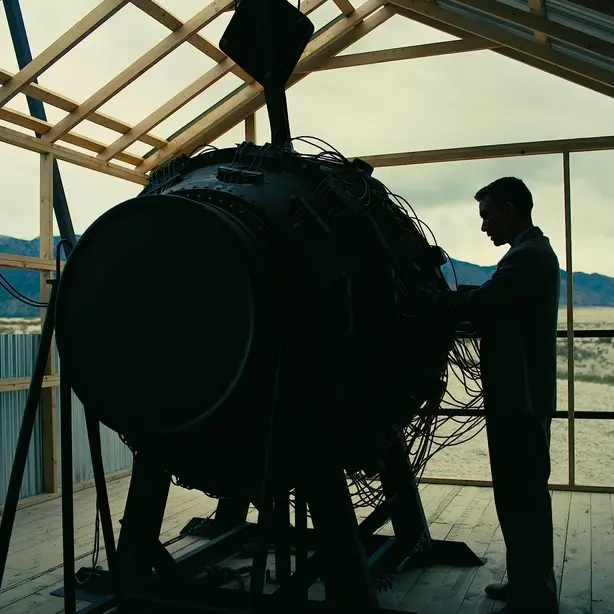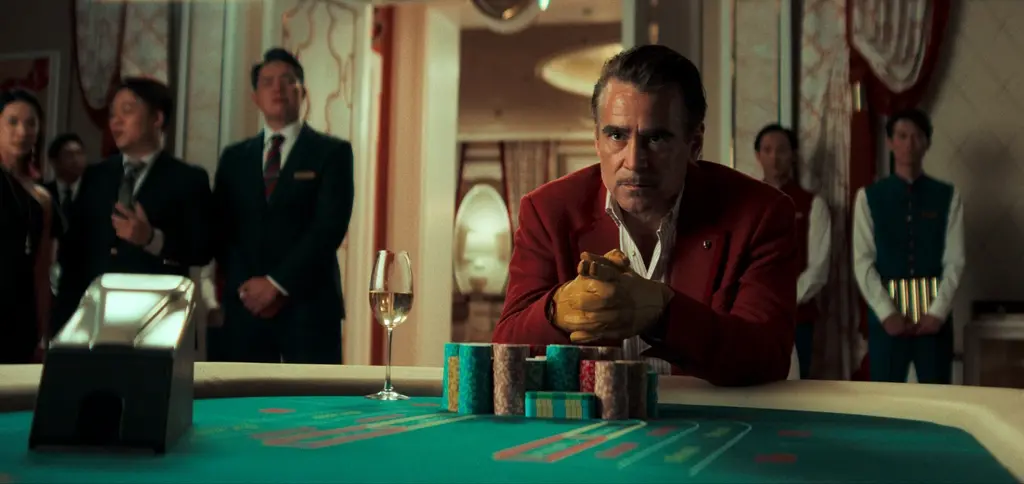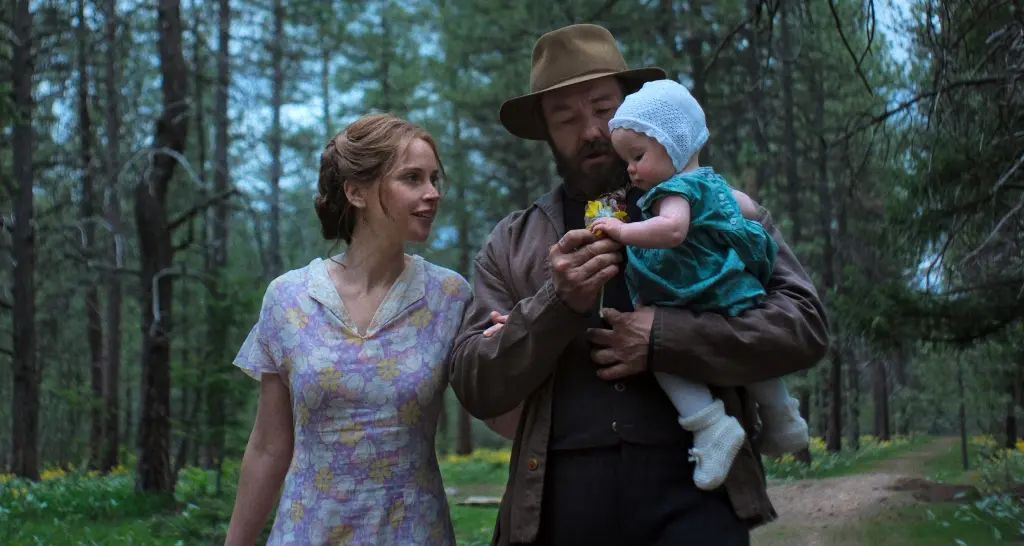Although it has never fully gone away, there was a point when black and white cinematography fell out of favor, not only with audiences, but also the studios producing and marketing feature films.
Contrary to popular belief, the advent of color didn’t show up in 1939 with “Gone with the Wind” and “The Wizard of Oz,” but rather the early 1900s. These weren’t movies shot on color stock but rather black and white images colorized in post production, kind of what Ted Turner did in the ’80s and ’90s and met with almost universal scorn.

